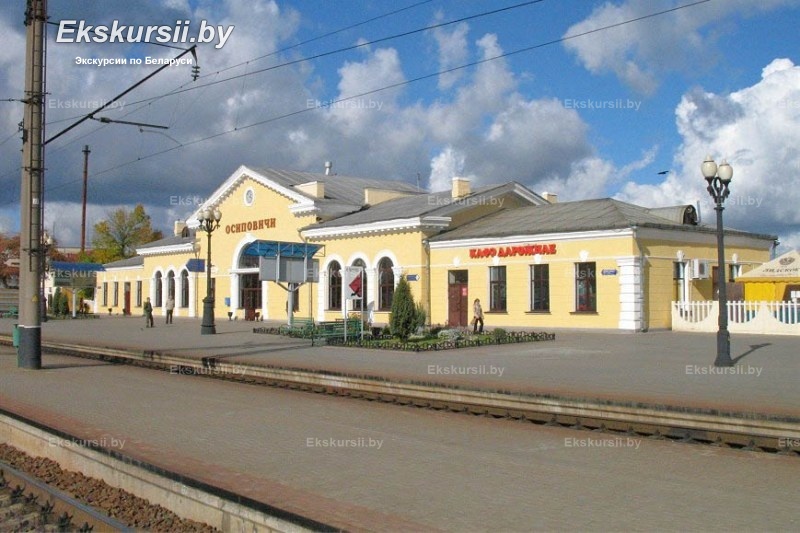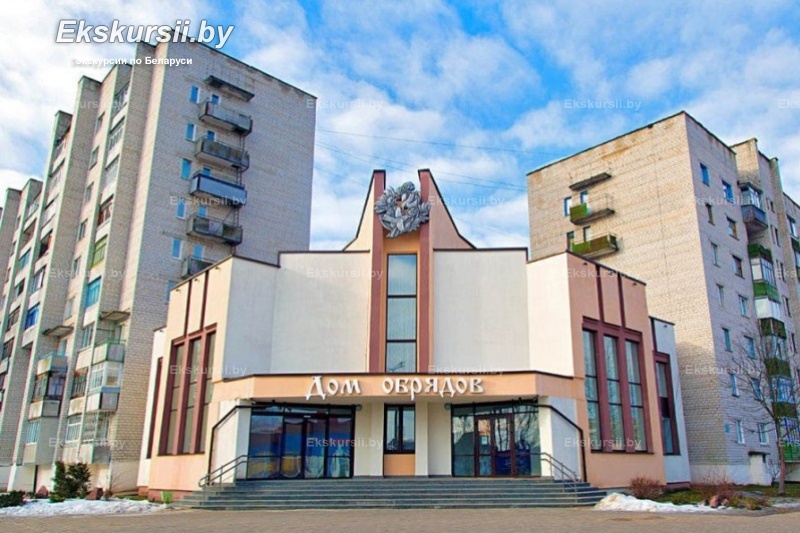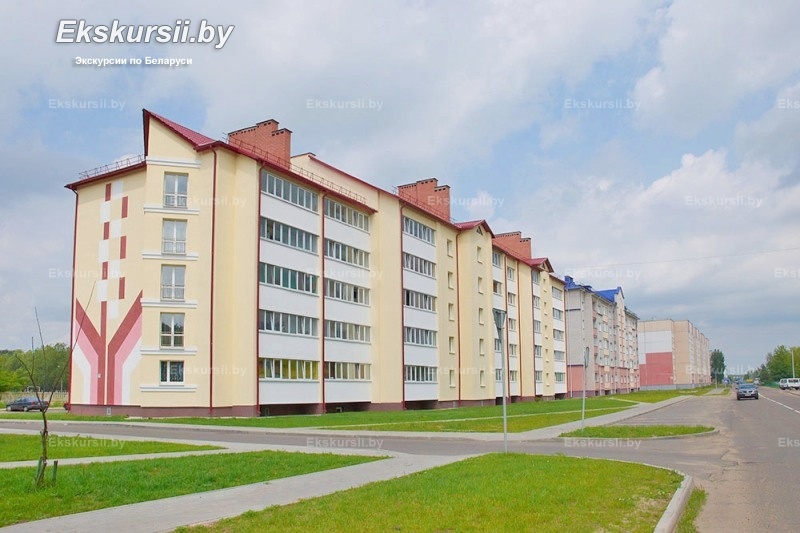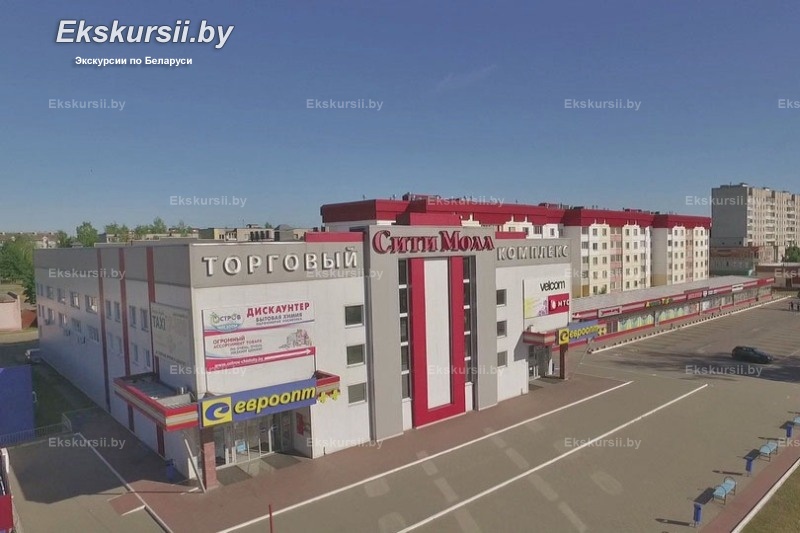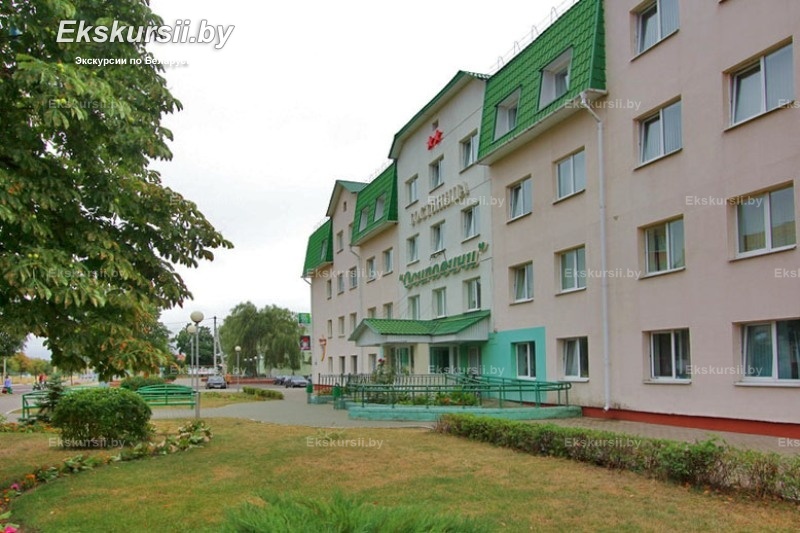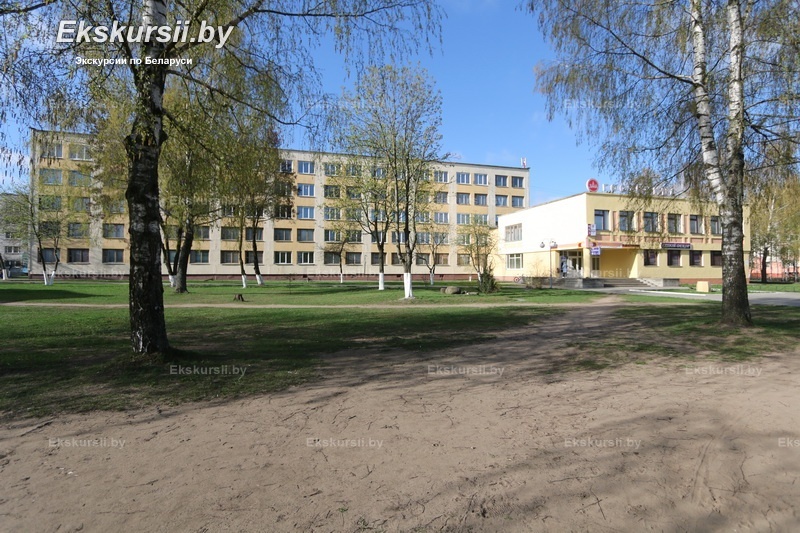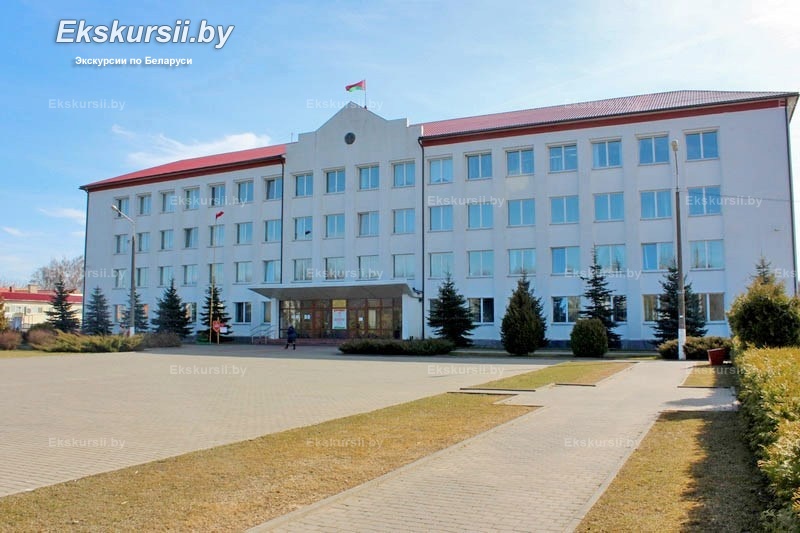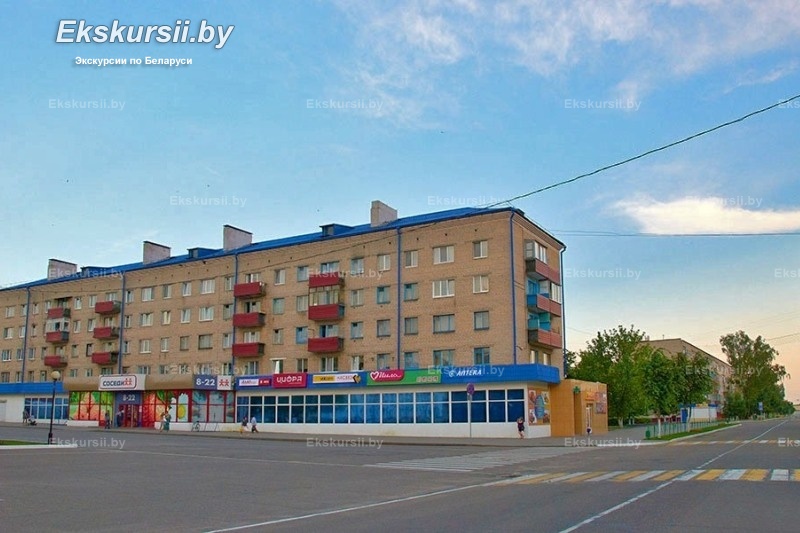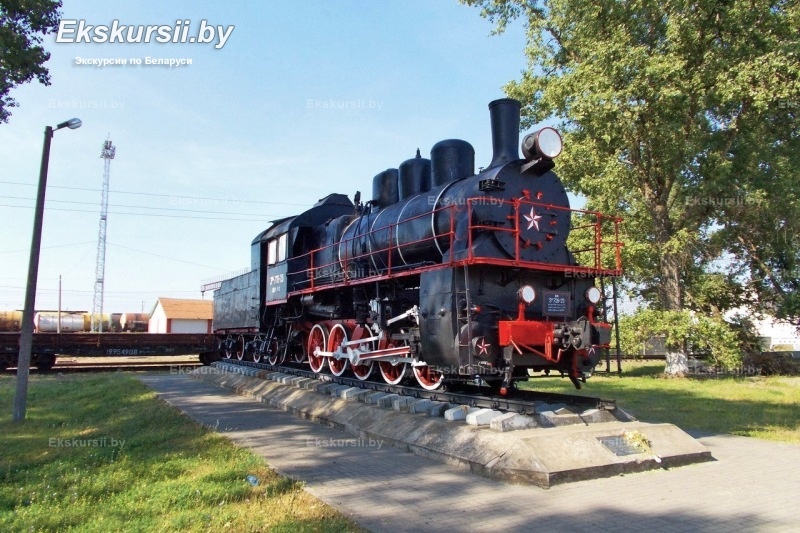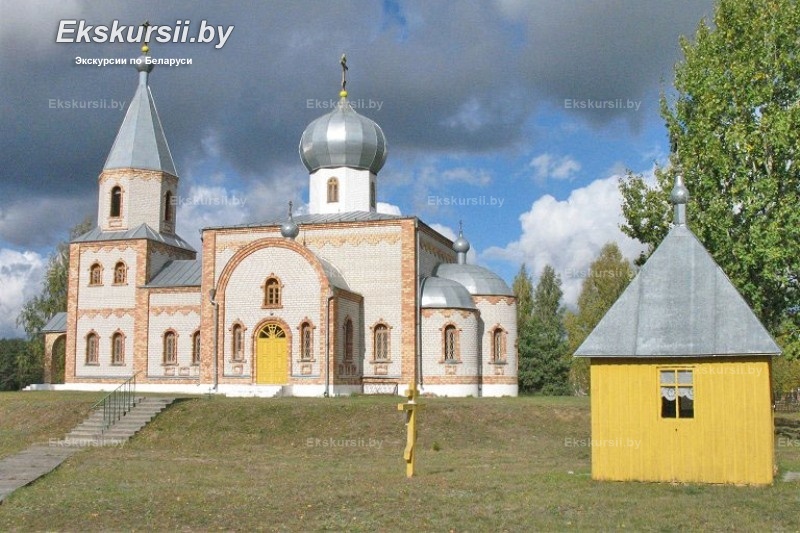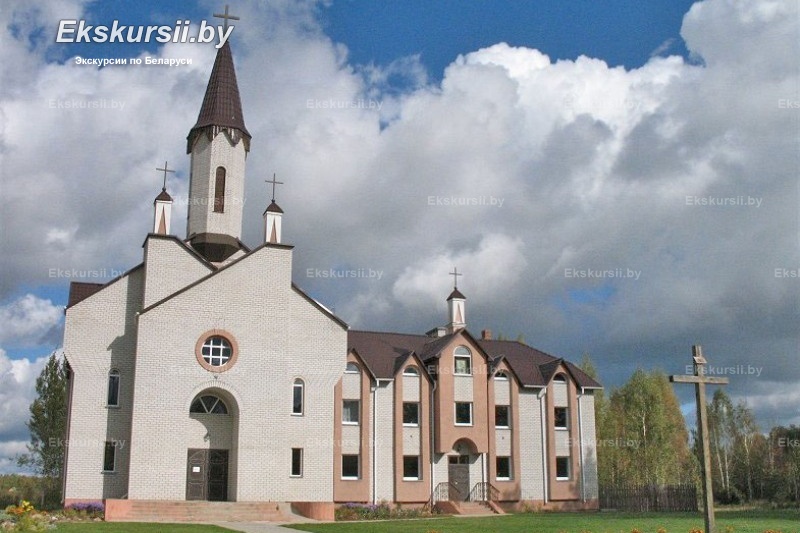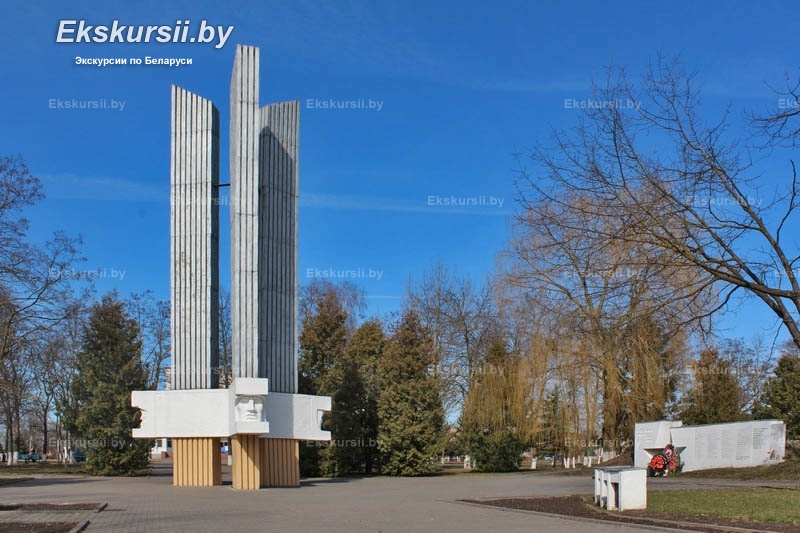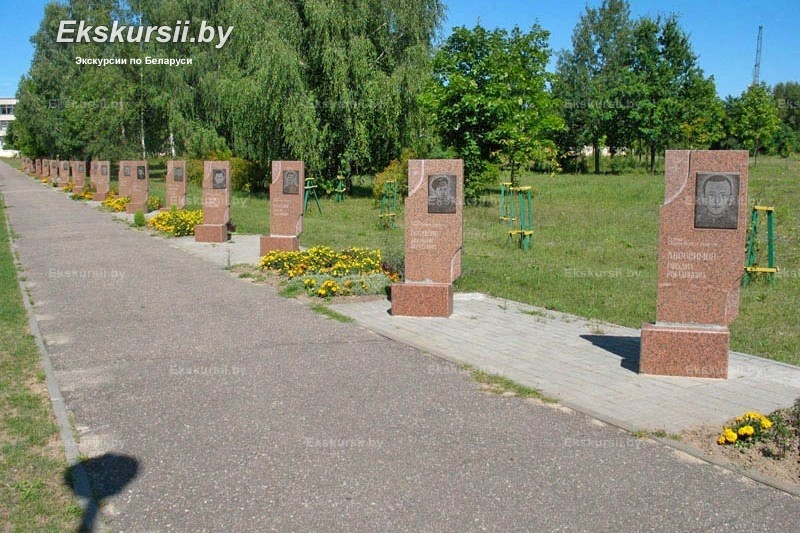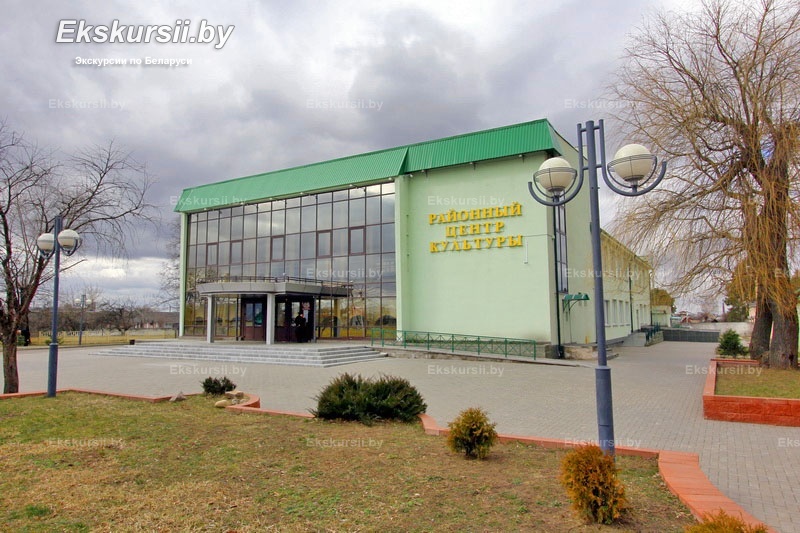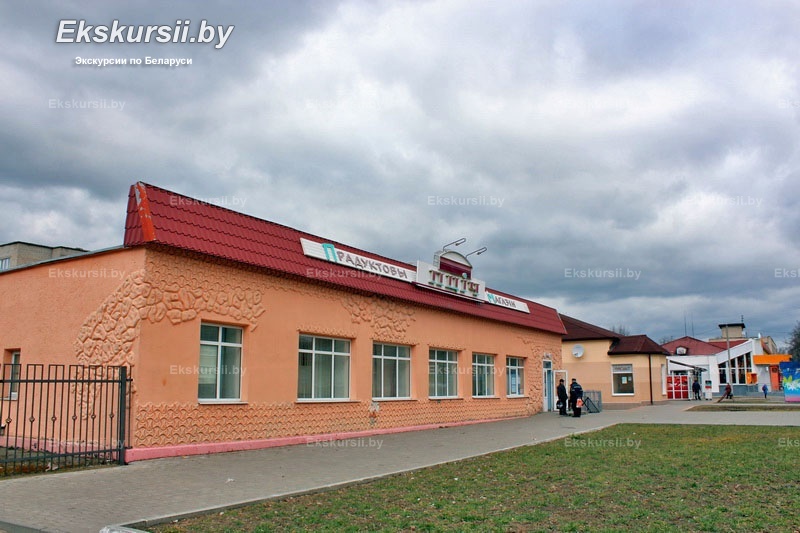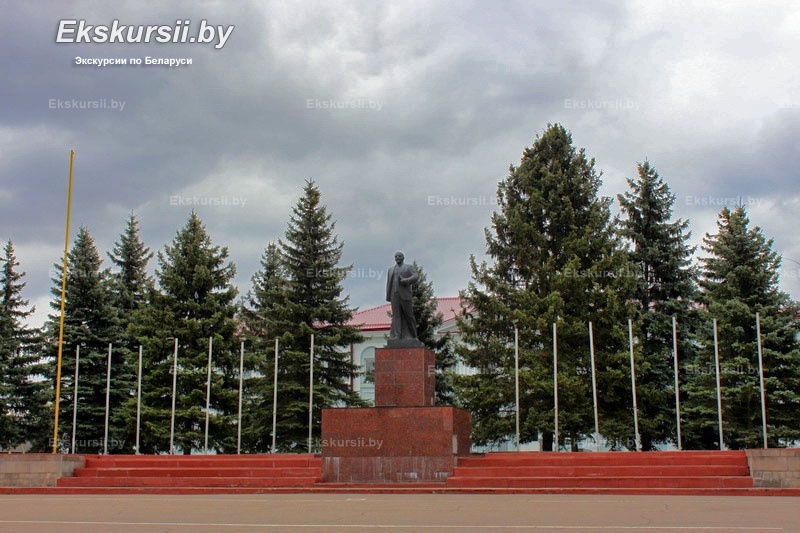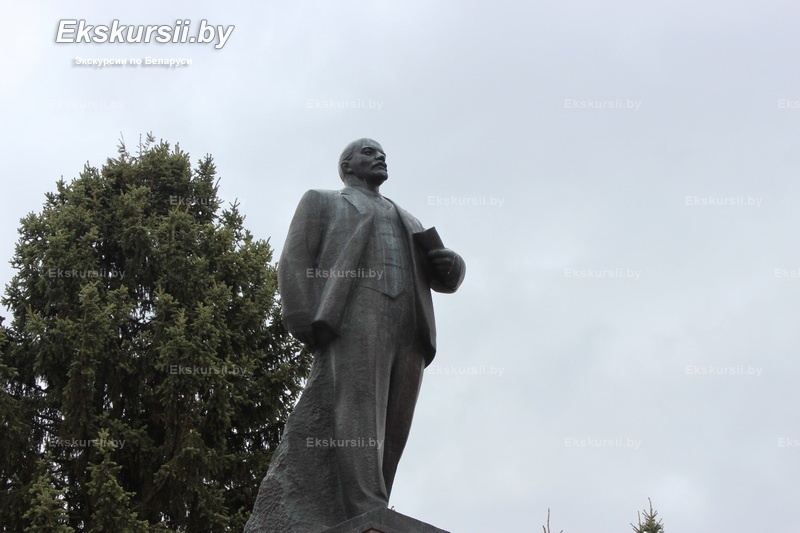History of the development
Presumably, Asipovichy village, which gave its name to the modern city, originated in XVIII century/ The population of the village at that time was mainly engaged in farming, fishing, hunting beavers and rafting on the river. In 1777 there were 16 peasant households in the village of Asipovichy. As a result of the second partition of the Polish-Lithuanian Commonwealth in 1793 Asipovichy became part of the Russian Empire and were owned by Dominik Jerome Radziwill.
On November 17, 1872 a station was founded on the section of the Libavo-Romenskaya railway, around which the modern city subsequently arose. The name of the station and the settlement received from the nearby village of Asipovichy. By the end of the XVIX century on the territory of modern Asipovichy there were three settlements, which were later merged into one. At the beginning of XX century railway station Asipovichy has become one of the largest stations in the territory of modern Belarus in terms of freight turnover. In addition, various enterprises and infrastructure facilities began to be created around an important railway junction: sawmills, sleeper impregnation plants, tar plants, workshops, a mill, a visiting yard, a pharmacy store, primary schools, a telegraph.
In 1917, Soviet power was established in Asipovichy, and a party cell was organized at Asipovichy station. During the First World War and the Civil War, Asipovichy was under German, then Polish occupation. From July 1924 the town became the center of the district. Since 1935 Asipovichy became city, and since 1938 - the city of district subordination. The city was occupied by Wehrmacht troops on June 30, 1941. On July 30, 1943 Belarusian partisans and underground fighters under the command of Fyodor Krylovich held a large sabotage in Asipovichy, during which four German trains were destroyed, including a train with Tiger tanks. The city was liberated by June 26, 1944. In 1953, Asipovichy reservoir was established near Asipovichy, on the basis of which Asipovichy hydroelectric power station was built.
Tourism potential
Unlike other cities of Belarus, Asipovichy is a relatively young settlement. The history of the city is closely connected with laying in Asipovichy of the Libauvo-Romenskaya railway in the second half of the XIX century, so it’s no wonder that people of Asipovichy consider the monument to a steam locomotive as a symbol of the city and Railway Day in the city is celebrated with a special scale.
Holy Cross Church, built in 1826 in the village of Zamoshie, in 1949 was transported to Asipovichy. The church is considered a monument of folk architecture and is one of the main attractions of the city. Another important temple of Asipovichy is the Church of the Presentation of the Blessed Virgin Mary (Vvedensky Church), which was built in 2000.
Memorial Complex «Avenue of Heroes», opened in 2004 to the 60th anniversary of the liberation of Belarus from the Nazi invaders, is intended to perpetuate the memory of the Soviet soldiers who participated in the liberation of the region. Part of the memorial complex is the military equipment museum..
On the platform of Asipovichy railway station in 2009, a monument to a partisan, an underground hero Fyodor Krylovich, was opened, under command of which the «Krylovich Diversion» was held in the summer of 1943 - one of the largest sabotages of the entire Second World War.
Also in the city buildings of the beginning of the XX century has been preserved: water tower, official buildings at the railway station, administrative building, locomotive depot, railway hospital, railway school.
In Asipovichy District Local History Museum guests of Asipovichy can familiarize themselves with the history of the city and the works of the national artist of Belarus V.I. Stelmashonok.
